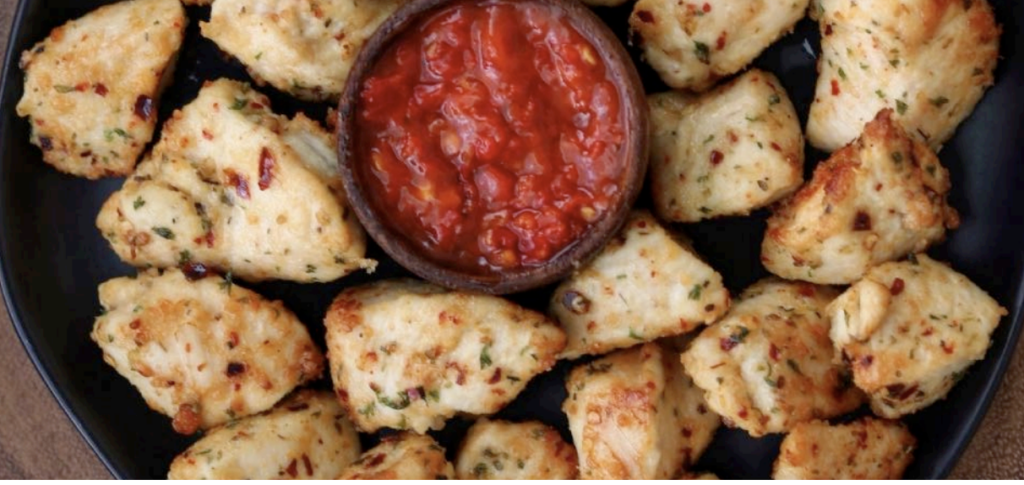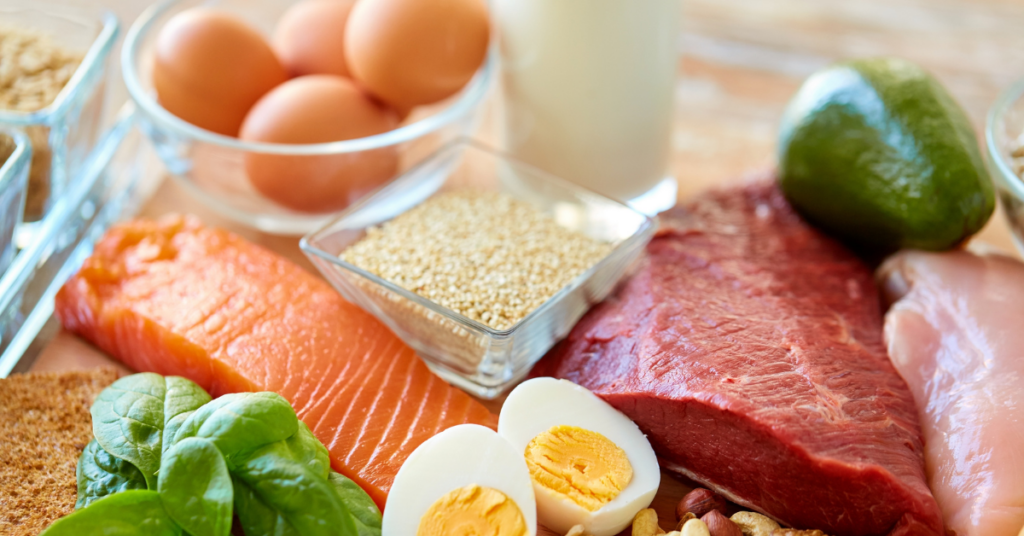From middle-school weekly allowances to tight college-budgets to frugal habits in order to become financially independent, the financial decisions we make day-to-day are always at the forefront of how we live our lives. Those same financial decisions hold even greater resonance when we attach a numerical value behind them.
Look at it from this perspective: did you know food costs account for about 12.5% of your average income? Based off of a mid-level annual salary of $60k, that is close to $7,000 we spend on food yearly. The reason we are here discussing this today is that there are several easy hacks that can help save big on grocery shopping. To keep track of your big-savings victories, you can even get tech-savvy and download a budgeting app (ex. Daily Budget). With the daily budgeting app, you can keep track of everything you’re spending and get an idea of how much you should spend a month based on how much you’re looking to save. For those who want to learn a little more about the numbers side, using an app like Daily Budget and seeing how your money is really being spent can be super useful.
These hacks came from first-hand experience and were field-tested by me as well as several friends across the country. As an individual who grew up in Turkey and then transitioned into the US grocery habits from doing my produce picking at a neighbors farm and having our seafood and poultry delivered to our door by the fisherman or the chicken farmer, I have always been mindful of the amount I spend on groceries.
To help kickstart the discussion on budget grocery shopping, on May 17, 2017 I posted a poll on social media titled ‘$20 Bill, No Wallet, at the grocery store for lunch AND dinner’.
Here is what the poll read:
Here is a fun little poll, to see what options you think work best for what we would call a budget meal! I say budget meal because of the consequences. Say you get to the grocery store, you then realize your wallet is at home, however, you have a $20 bill in your jacket pocket from a few nights back. You need to buy sufficient enough of a meal to feed either 3 people for lunch or 2 people for lunch AND dinner! What do you go for and still stay under $20?
To get everyone’s thoughts started, I was the first one to respond and post on my own poll. How nerdy of me I know! This was my response:
“I’ll be completely honest; I’ve had this happen a handful of times and I feel like I have made a different (not wrong or right) decision every single time. I just want to hear what you would reach for! As far as the mind can remember, the most recent occurrence of this situation, I settled for a rotisserie chicken – $5.99, a store-made tub of fresh (spicy) guacamole – $3.99, two spaghetti squash – $5.29 and a leftover cash stack of $4.73.”
Although the poll was a blast and I had received close to 40 different responses, where I missed the ball was providing a proper explanation as to WHY I had initially done the poll to begin with. I provided no follow up on why just simply thinking about the cost of what you put in your grocery basket can influence how much you spend at checkout. My intentions were to get the wheels turning for both the budget-shoppers and the healthy-eaters next time they walked through the automatic doors of their local grocer.
When this poll post came up in my “On This Day” feed on Facebook, I decided it was better late than never to put together a ‘How To’ guide for training solo shoppers to always stay under $20, possibly even for the week.
To kick things off, I called a good friend into action and began writing on the whiteboard, every single trick we had tried during our ‘very broke’ days. After a heavy brainstorm with this friend, Kyra Lennon, who also happens to be a super talented vegan cook, we came up with close to a dozen suggestions. Don’t let the list below overwhelm you. Understand that incorporating and practicing even two or three of these habits could help you save hundreds on your monthly bill. In addition to the suggestions/best-practices below, being intentional with your grocery shopping really is the key ingredient to success. Although it is an additional step, aside from the dozen already below, creating a list of ingredients for meals you intend to make makes you much more likely to stick to a plan.
- Shop Ugly: very effective at local farmer’s markets, you can opt to buy any ugly produce that may be otherwise discarded, more than likely they will give you a discount.
- If there is something you always crave or you know you’ll consume daily, always buy in bulk, even if shopping at a regular grocery store like shop rite or whole foods. Often times, asking for product in bulk/by the case will give you a discount. You can also utilize online stores like Thrive for bulk items. Online companies like this also tend to give you ‘reward’ products once you spend a certain amount of money.
- My favorite of all time, shop local! Farmers markets or even road-side farm stands will always give you good deals, especially if you go towards the end/closing time. They want to get rid of product so will cut deals with anyone to get a product out so that it doesn’t go to waste.
- Join a CSA! What better local support than joining Community-Supported Agriculture. How you win by joining a CSA is in the payment breakdown. Pay X amount of dollars upfront and get an abundance of fresh fruits and veggies throughout the year that you already pre-paid for, you will always get more than what you paid for and then some.
- If CSAs or local farmer’s markets aren’t available, don’t worry! Often times, nutritionally, there’s little difference between fresh, frozen and canned fruits and vegetables. When it comes to cost and shelf life, you can absolutely WIN with some frozen and canned items, especially during 2-for deals. Also, with canned/frozen foods; it is super convenient to stock your home, so whenever you are in a bind or need a quick meal, you always have a backup plan, rather than resorting to take-out or fast food. As a bonus with ingredients like canned beans or frozen veggies, most of the labor is already done for you.
- Are you a member? Ask about store memberships or programs, some stores have memberships or programs (think as big as Costco, or as local as Green-Life Market) where if you join and become a member, you automatically get discounts, perks & special offers like a paycheck, cut from your annual purchase total (Costco).
- Believe it or not, some of the healthier and more proactive insurance companies now give you rewards, perks, bonuses for taking care of yourself and living a healthy lifestyle through diet & activity! Save where you can.
- Incorporate meatless days into your week! Although the idea of going plant-based for a day is a debatable hot topic for some, plant-based foods tend to be on the cheaper side. Therefore, eating a diet primarily plant dominant, fresh produce, beans, legumes, nuts, seeds, etc. are cheaper protein sources than meat and reduce your weekly meal cost.
- This one goes all the way back to Nutrition 101 from undergrad. Shopping the perimeter of the store and giving yourself only the options of fresh produce, meats/cheeses, nuts/seeds, and cold-case items you need. Avoiding processed foods tends to be cheaper and healthier.
- Throw on your chef’s hat and cook at home! The more you cook at home, the more you’ll save. Look at it this way, a salad that might cost you $5 to make at home could cost you $15 to eat out at a restaurant. It really is a multi-benefit weapon, in that, the more home-cooked meals you make, the more money you save.
- When it comes to becoming a legendary home chef, learn to batch-prep your ingredients.If batch-cooking entire meals isn’t your thing, batch-prepping ingredients can still save time and money. If you dice veggies for a dish, dice extra and freeze them in single-serving freezer bags for next time. You can take the idea as far as freezing homemade soups or broths in quart containers or in your ice cube tray, so that next time you need a broth-base for your quinoa, rice, or stir-fry, you are ahead of the game.
- Hey Chef! Last but not least, learn to love leftovers. Leftovers really are a victory and a next-day gift. The gift… the ability to grab something nourishing and delicious right out of the fridge the following day. Are you one of those people who hate having the same meal back to back? No big deal at all. Recreate and work your imagination! Leftover cooked protein, grains and vegetables can be repurposed to quickly throw together totally different meals. For example, the leftover entrée of grilled chicken or fish from the night prior could make for some mean tacos, can easily top a CSA salad, or it can complement a grain bowl or a stir-fry.
Before you apply these to your next grocery trip, keep one more powerful point in mind. Currently, the average American does not eat 20% of the food he or she purchases. In dollar value, every household throws away an average of $2,200 of food each year.
Therefore, stop buying so much at the grocery store, shop smart, and seek memberships and bonuses!







